 The NA62 experiment at CERN has recently presented its latest results at the Moriond Electroweak 2018 conference. The results concern a very rare event: the decay of the charged K-meson into a pion and two neutrinos. The interest in extremely rare or even “forbidden” decays is motivated by the fact that these processes allow energy scales even much higher than those directly accessible to the most powerful particle colliders, such as the Large Hadron Collider (LHC) at CERN, to be indirectly probed. The study of these decays could therefore open a window in the near future on physics beyond the Standard Model. Moreover, the results just presented by NA62 are also interesting because they demonstrate the effectiveness of the new technique, called “in flight”, used by the experiment to investigate these K-meson decays. In the coming years, this will allow the elusive process to be studied with a precision never achieved before. According to theoretical predictions, the charged K-meson decays into a pion and two neutrinos only in a very small fraction of cases. To understand the extreme rarity of this process, the Standard Model foresees, with considerable precision, that only eight decays of this type must occur every one hundred billion decays of the K-meson. In numerous theories that aim to overcome the Standard Model, the fraction of events expected for this decay is instead significantly different: therefore, a sufficiently precise measure could highlight the presence of what physicists call New Physics. The results obtained so far, at this level of statistical precision, are compatible with the Standard Model predictions.
The NA62 experiment at CERN has recently presented its latest results at the Moriond Electroweak 2018 conference. The results concern a very rare event: the decay of the charged K-meson into a pion and two neutrinos. The interest in extremely rare or even “forbidden” decays is motivated by the fact that these processes allow energy scales even much higher than those directly accessible to the most powerful particle colliders, such as the Large Hadron Collider (LHC) at CERN, to be indirectly probed. The study of these decays could therefore open a window in the near future on physics beyond the Standard Model. Moreover, the results just presented by NA62 are also interesting because they demonstrate the effectiveness of the new technique, called “in flight”, used by the experiment to investigate these K-meson decays. In the coming years, this will allow the elusive process to be studied with a precision never achieved before. According to theoretical predictions, the charged K-meson decays into a pion and two neutrinos only in a very small fraction of cases. To understand the extreme rarity of this process, the Standard Model foresees, with considerable precision, that only eight decays of this type must occur every one hundred billion decays of the K-meson. In numerous theories that aim to overcome the Standard Model, the fraction of events expected for this decay is instead significantly different: therefore, a sufficiently precise measure could highlight the presence of what physicists call New Physics. The results obtained so far, at this level of statistical precision, are compatible with the Standard Model predictions.
You might also be interested in

EuPRAXIA chooses ELI Beamlines as second site for laser-driven accelerator
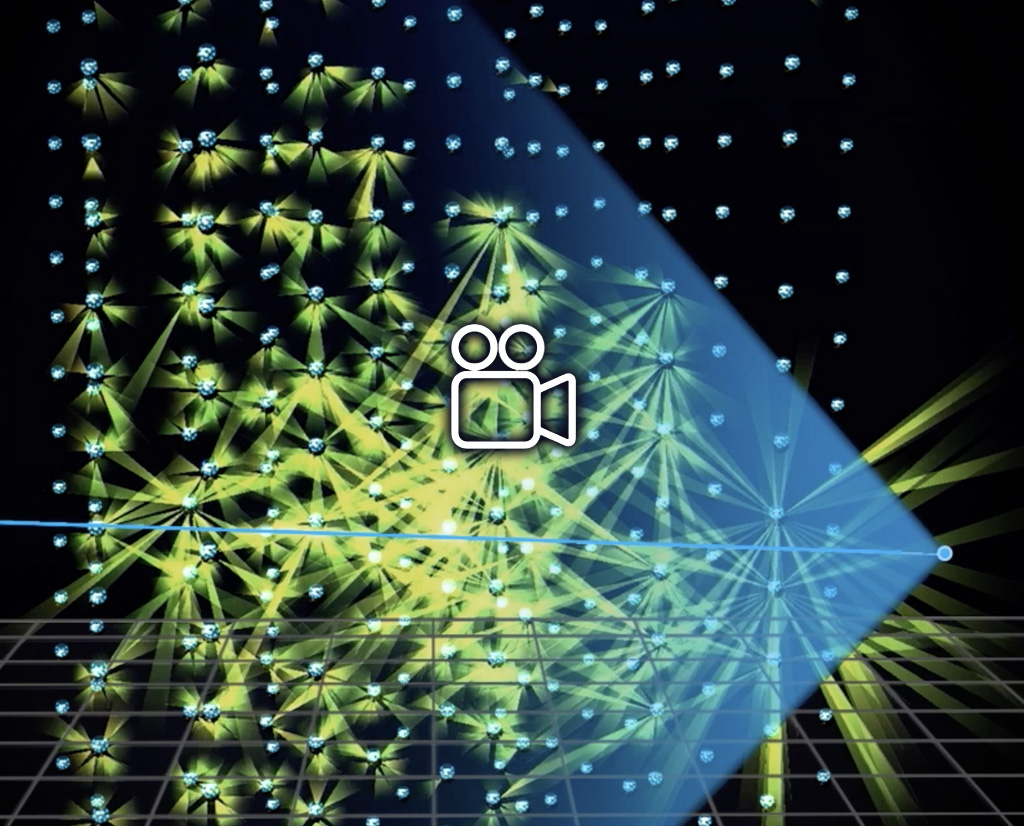
The record neutrino observed by KM3NeT
07 February 2025
Read more The record neutrino observed by KM3NeT
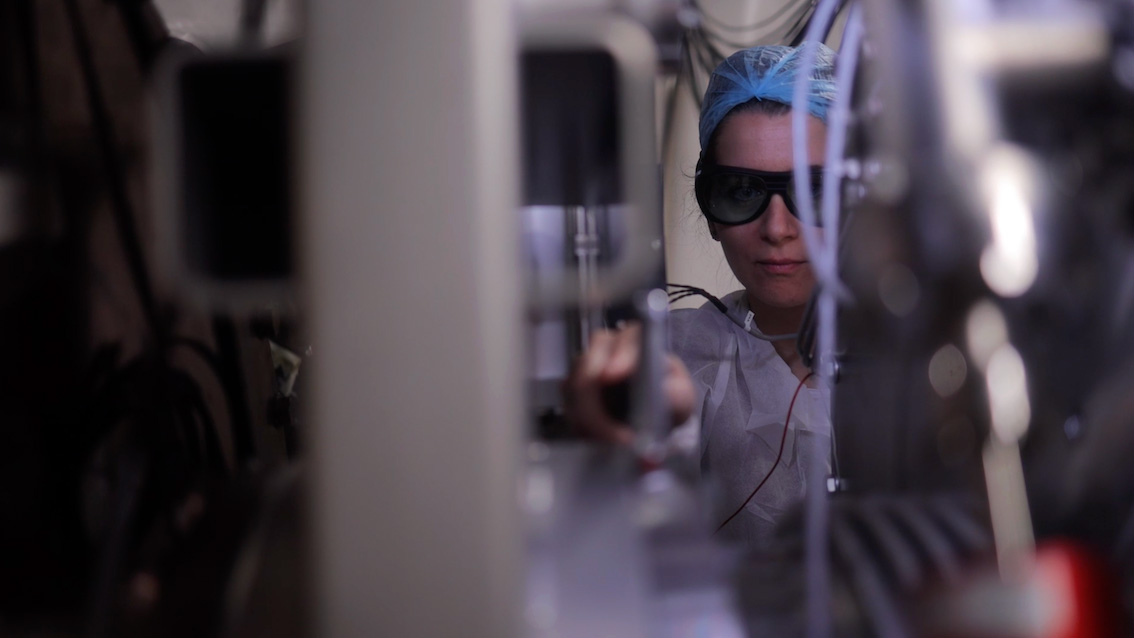
INFN celebrates the STEM WEEK and the International Day of Women and Girl in Science 2025
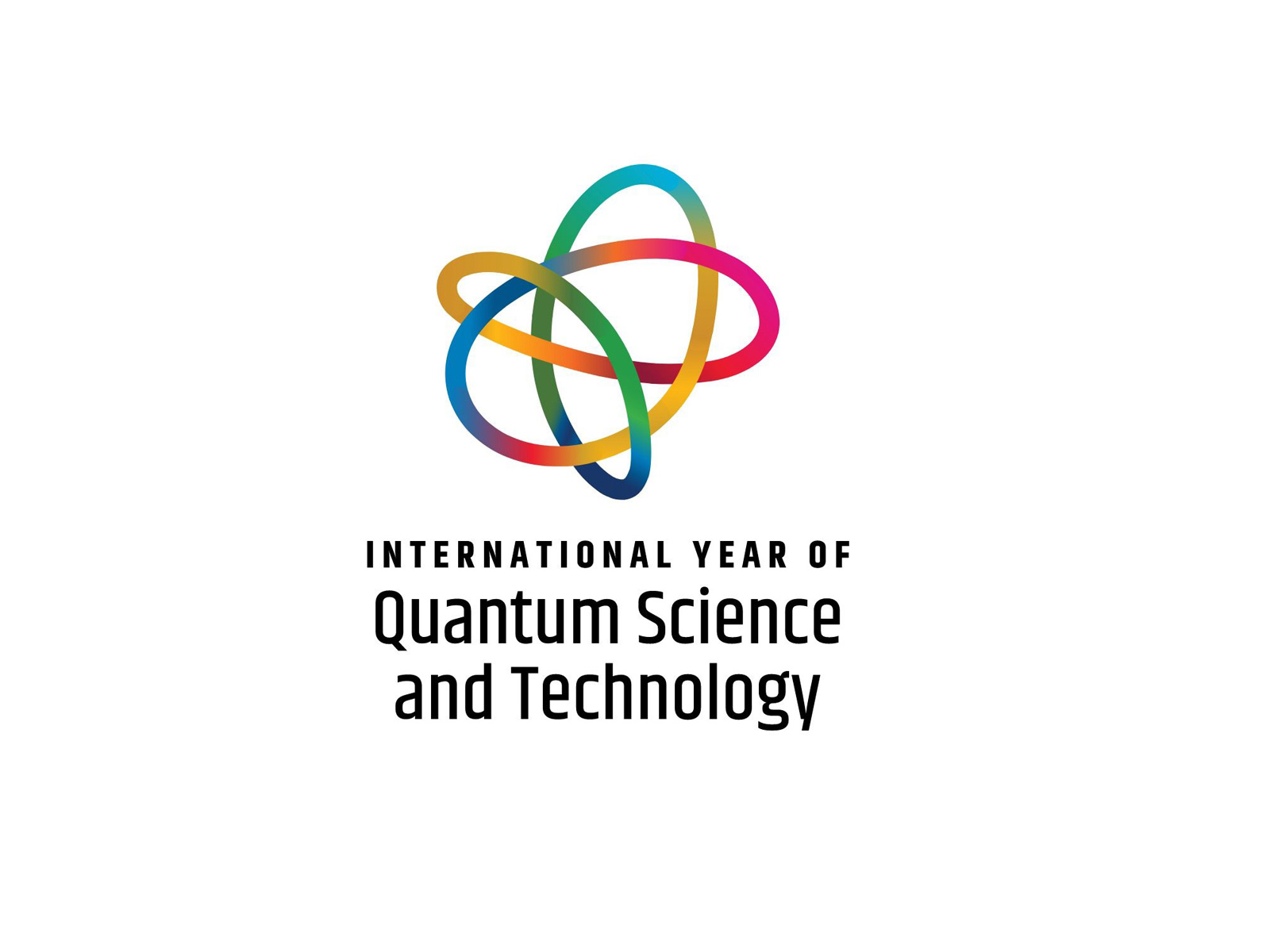
International Year of Quantum Science and Technology, 2025
03 February 2025
Read more International Year of Quantum Science and Technology, 2025
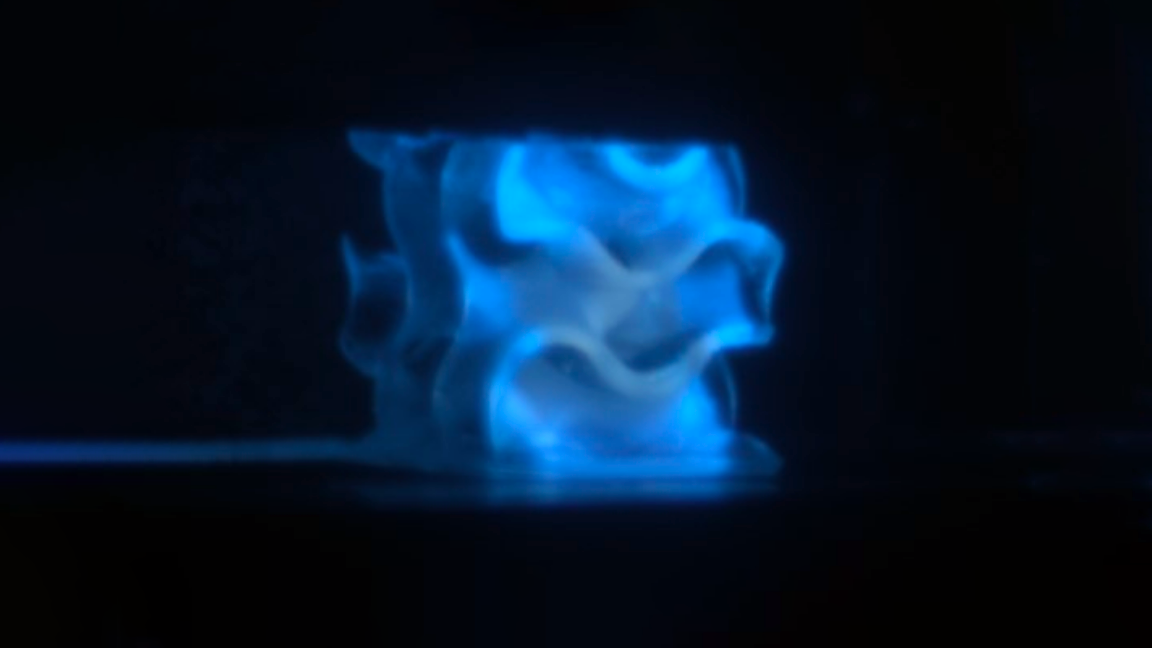
A new generation of plastic scintillators thanks to 3d printing
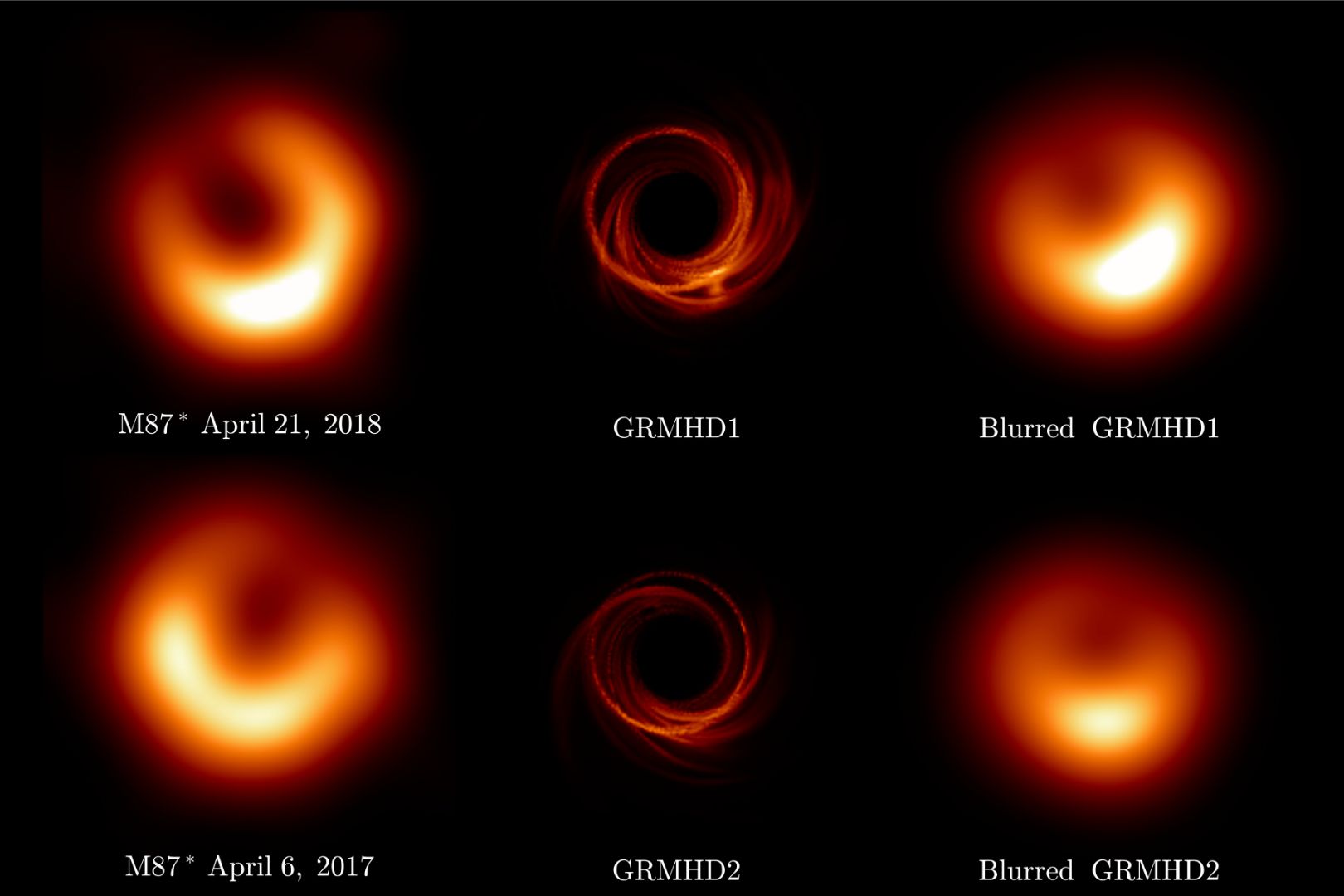
Capturing the accretion flow of M87* black hole
22 January 2025
Read more Capturing the accretion flow of M87* black hole